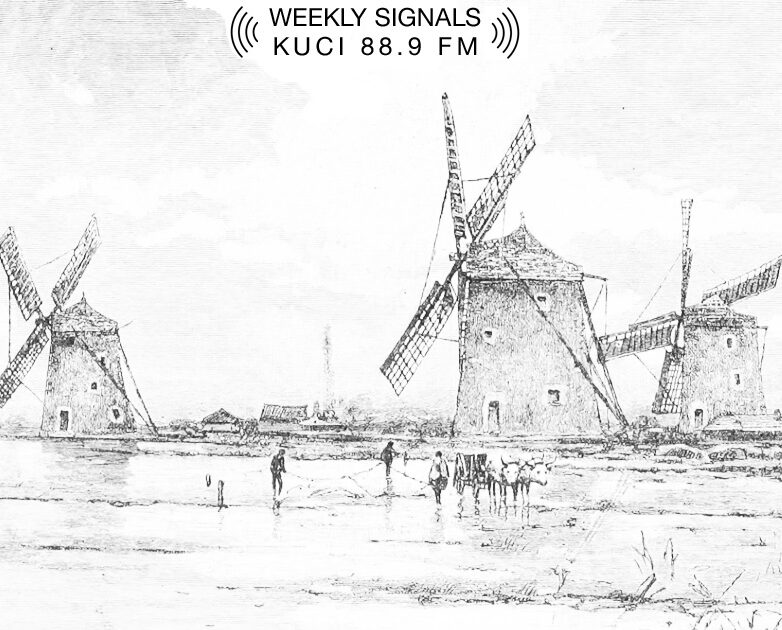I’ve waved it, hung it, and ran it up a pole. I’ve “pledged allegiance” to it — to freedoms that include the right to criticize and to think freely. The American flag is a symbol of my government — a fabric rectangle, red, white, blue, stars and stripes — the representation, but not the foundation, on which we stand. Anyone can fly the flag and anyone can hide behind it.
The first time I saw an American flag burn, I wasn’t angry. I was proud that my freedoms included the right to protest, and the freedom to distinguish between a symbol and what’s real — a freedom to piss on the king. The man burning the American flag, let’s call him Bill, was demonstrating that the flag symbolized something untrustworthy in his mind.
Burning a flag might be the only power that Bill had left, I thought. I lived in a country free enough to consider his complaint (which he thought needed an exclamation point). He may have been a powerless speck in the free-marketplace of free-thinking ideas, but his flag burned so that our opinions could survive. You see, someday the opposing powerless view could be ours.
Bill wasn’t trashing the Bill of Rights. If he was, I would have been pissed. Bill was simply burning an image. Maybe he thought he was opening our minds or unsettling us. Maybe he was hallucinating. Maybe he was under the impression he was lighting a pipe — a pipe like the one Belgian surrealist painter René Magritte painted in 1928. Magritte’s famous image is a straight representation of a smoking pipe. Beneath it, he wrote “Ceci n’est pas une pipe.” “This is not a pipe.” He called the painting “The Treason of Images.” It caused a stir. People thought Magritte was making an absurdist statement — that he was telling them something wasn’t what it was.
“The famous pipe. How people reproached me for it! And yet, could you stuff my pipe? No, it’s just a representation, is it not? So if I had written on my picture “This IS a pipe”, I’d have been lying!”
To know the difference between what’s real and what’s representation is a very important survival skill in our age of duplication, virtual reality, and celebrity holograms. Learn it. A painting is no more a pipe, than a pipe is a painting. The image is not the reality. The word is not the thing. The brand is not the product. The map is not the territory. If you think what you see is what you get, you’re probably getting burned.
It is poignant but fundamental that the flag protects those who hold it in contempt.
Supreme Court Justice Anthony Kennedy
The flag is not our freedom.
Bill’s flag may have been burning for a Supreme Court that thinks that corporations are people. It may have been burning for a War on Drugs; for wire taps; for war profiteers; for an economy that devalues the heavy lifting of men and women while rewarding the shell games of Wall Street; for a military that doesn’t take care of its wounded; for a government subservient to greed. Maybe Bill was celebrating National Flag Burning Day — a day to distinguish between symbols and reality.
Who knows?
Supreme Court Justice Anthony Kennedy said, “It is poignant but fundamental that the flag protects those who hold it in contempt.” Kennedy might have added that it is poignant and fundamental that the flag protects those who don’t have the good sense to understand the difference between image and reality. Give them a flag and they’ll follow it anywhere.
That’s not to say our flag doesn’t represent American achievement, Martin Luther King and apple pie. It does. But our flag is simply a symbol of ALL that our government is. To believe otherwise is treason: the treason of images.
— Nathan Callahan









